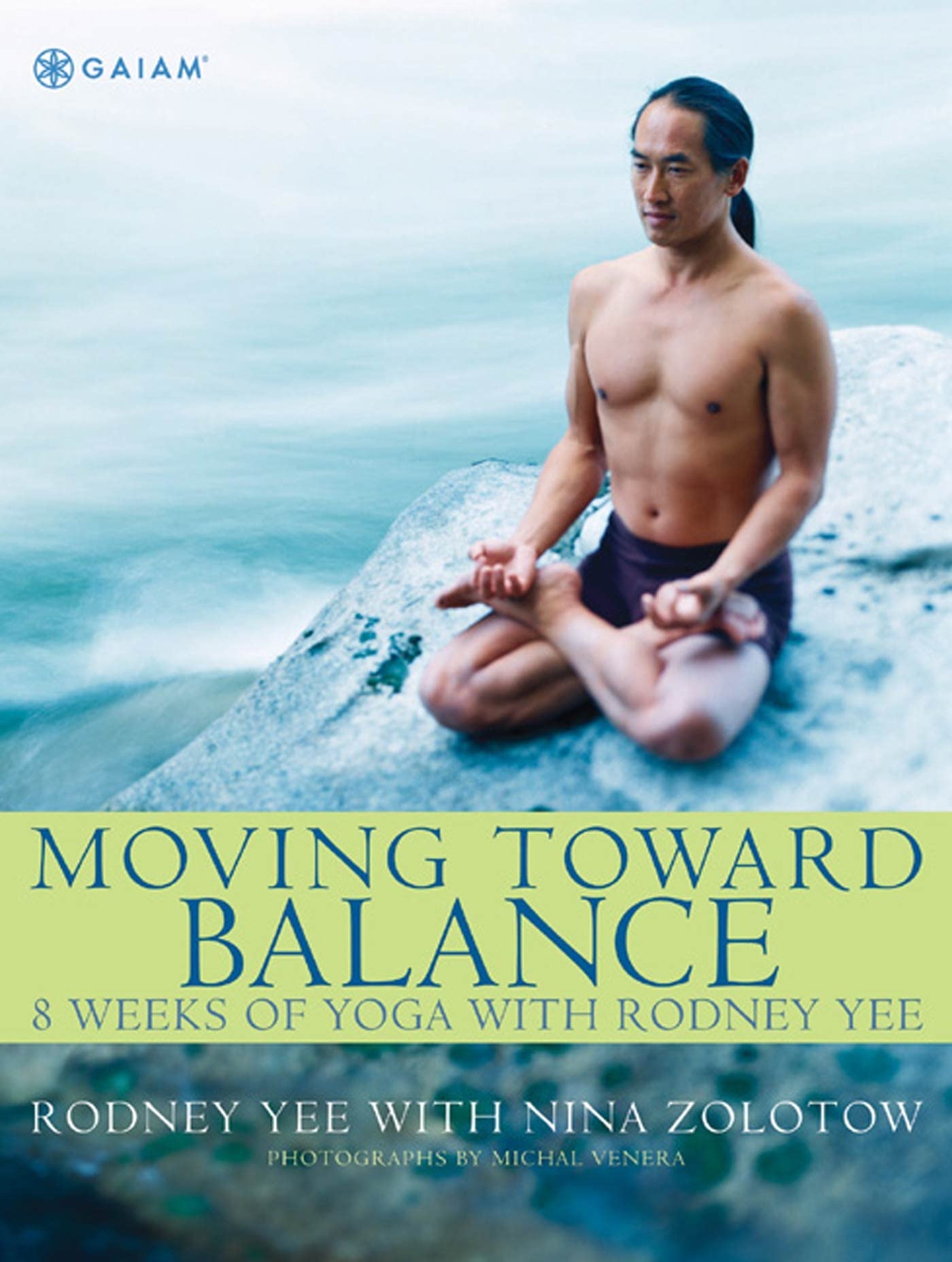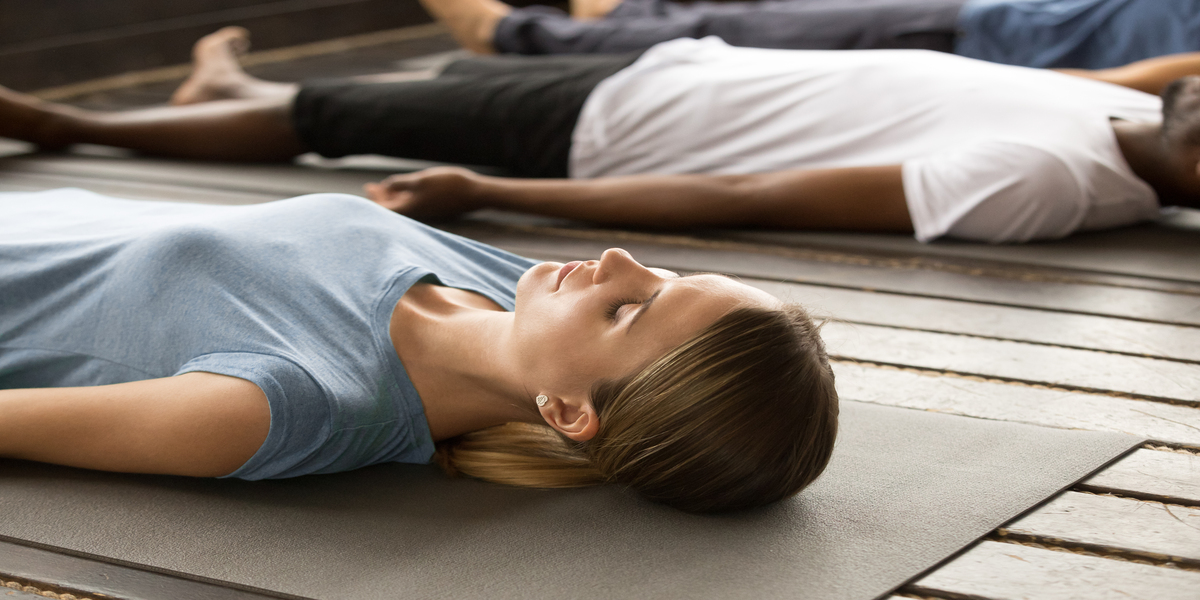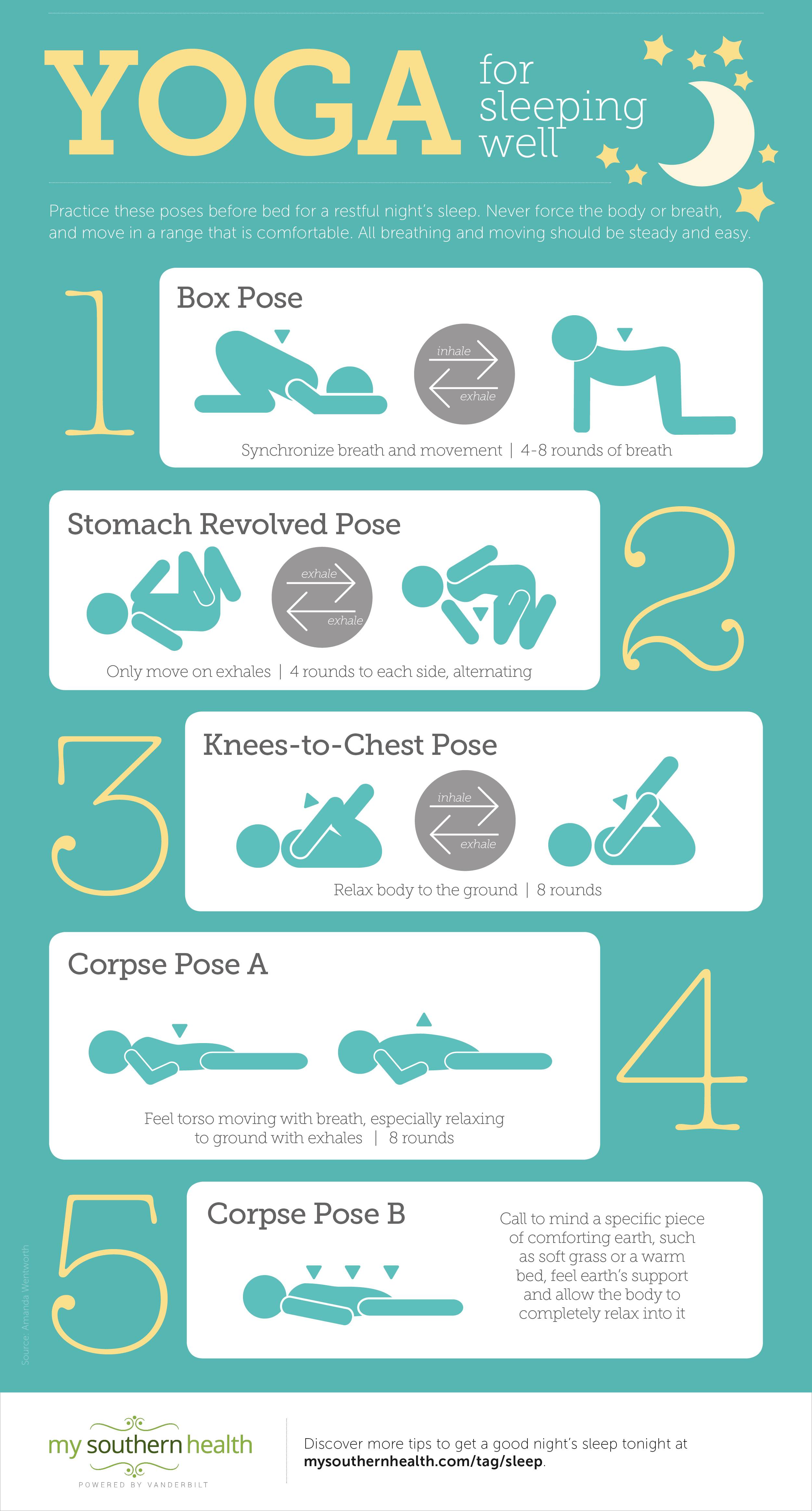
Understanding the basic concepts and words that make up Yoga in Sanskrit is essential to understanding its meaning. These are: Yuj, Union, VibhAgaH' and ’Prana. They may not all be easy to comprehend, but they are vital for practicing Yoga. We will be discussing these concepts and words in this article to help you understand Yoga's purpose.
'Yuj'
Yoga is Sanskrit's root word for "unification". It comes from the root of yuj which means to unite, join or add. Although it means "yoga," this term is not synonymous to "unification". It is possible to be positive or negatively unification, depending on how attached you are to the object of unity. This is particularly true of yoga, which means to unite in the name of love. In a similar way, the word "yoga" can refer to a spiritual practice.

'Union'
Union in yoga refers to the merging of the subject/object. This may seem strange, but it is actually quite beneficial. It allows us to become more aware of the world and how we interact with others. It can help overcome modern divisions and increase our appreciation for the world. However, it's not easy to achieve union. There are 4 stages to the process of union. These are the steps:
'VibhAgaH'
Yoga is a Sanskrit word that means "union" or "oneness with God". Yoga aims at restoring harmony between man-nature and God. It celebrates union between self and universe. Below are 20 words that come from Sanskrit and have deep meanings. Fire is the god that is fire and the sun. It is also associated with the two elements.
'Prana'
Prana is the life force, which is what yoga refers to as. Prana permeates everything from inanimate objects to animate creatures. It can also be called the Sun's source and the link between all the elements. Prana is considered an essential component in yoga practice. It penetrates every part of the body and mind. It is also believed that prana is a universal energy that can be harnessed to increase our physical and spiritual health.
'Niyama'
The Niyamas are positive observances and practices that a person should practice according to Hinduism. These duties and habits can lead you to spiritual awakening and liberation. But what is a Niyama exactly? Depending on the context, it can take many meanings. We'll be discussing some of the most common Niyamas in this article.

'Om'
The Sanskrit word Om is a common mantra used during yoga exercises. It means "to connect." The mantra is typically chanted at least three times daily. It can be used to connect with the divine and has many spiritual meanings. The meaning of om can be confusing so you should ask your yoga teacher for clarification.
FAQ
Are there classes that I can take with other people?
This is dependent on the class. Some teachers only offer private lessons. Others offer group classes where you can meet other students in the class.
Some studios offer "classes within classes", which allow you to be paired up with someone who has similar interests and goals.
Do you offer yoga classes for those with special needs?
Yes, yoga studios offer specialized classes for people with disabilities. These include:
-
Individuals with physical limitations who want to improve posture
-
People with limited mobility
-
Individuals with arthritis
-
Recovering from injuries
-
The elderly
This class is for you if you know anyone who would benefit.
What happens to my yoga practice if it is stopped?
It is normal to lose interest after a while. Your body can become stiffer if yoga is stopped regularly. Lack of exercise, poor posture or simply age can cause stiffness.
Consider retaking some classes if you find the flexibility to be less than ideal. You should also ensure that you are following your daily schedule. Exercise strengthens your bones and muscles. So make sure to get enough sleep and eat well.
How long should a yoga session be?
Yoga sessions generally last 45 minutes to one hour. The type of yoga that you are doing will determine the length of your session. 45-60 mins would be sufficient for strength-building exercises. You may need to spend an hour if your goal is relaxation or meditation.
The length also varies depending on what kind of yoga class you're taking - some classes focus on moving quickly while others emphasize slow, deep stretches.
Statistics
- In comparison, a 125-pound person is estimated to burn 135 calories in 30 minutes of walking (at a pace of 15-minute miles) and 210 calories bicycling at a moderate pace on a stationary bike. (everydayhealth.com)
- The people in the yoga group were 37 percent more likely to have quit smoking by the end of the 8-week program. (nccih.nih.gov)
- A 2020 review of 27 studies (1,805 total participants) of yoga interventions in children or adolescents found reductions in anxiety or depression in 70 percent of the studies, with more promising results for anxiety. (nccih.nih.gov)
- Gentle yoga has been shown to ease some of the discomforts of tender, swollen joints for people with arthritis, according to a Johns Hopkins review of 11 recent studies. (hopkinsmedicine.org)
- According to calorie estimates calculated at Harvard Medical School, the average 125-pound person burns about 120 calories in a half hour of hatha yoga, and a 185-pound person burns about 178 calories in that half hour. (everydayhealth.com)
External Links
How To
What can yoga do for your menopause symptoms
Yoga, an ancient form of meditation, focuses on breathing, stretching, and meditation. It originated in India. It has been practiced for thousands of years as a way to stay fit. It has gained popularity as people search for alternatives to staying healthy and active in stressful situations.
Yoga is about using physical positions (asanas), to strengthen muscles, improve posture, and increase flexibility. This helps relieve tension and increase strength and stamina.
There are many types of yoga: Hatha, Vinyasa flow and Bikram. Each type focuses only on certain aspects of your body, like breathing, stretching, and relaxation.
All forms and types of yoga seek to attain balance within the body, mind and spirit. Yoga has many benefits, including improved fitness, weight loss, improved sleep quality, energy levels, and reduced stress.
Numerous studies have shown that yoga is beneficial for conditions like anxiety, depression, or insomnia. However, evidence is lacking to show that yoga has any effect on other health issues like menopausal symptoms.
As well as helping you feel healthier and happier, yoga teaches you how to relax and manage stressful situations - skills that could be helpful when dealing with menopause.
Important to remember that yoga can cause muscle pain after exercise. Therefore, it is advisable to start with a low intensity level. You should consult your doctor if there are any concerns regarding your medical condition.